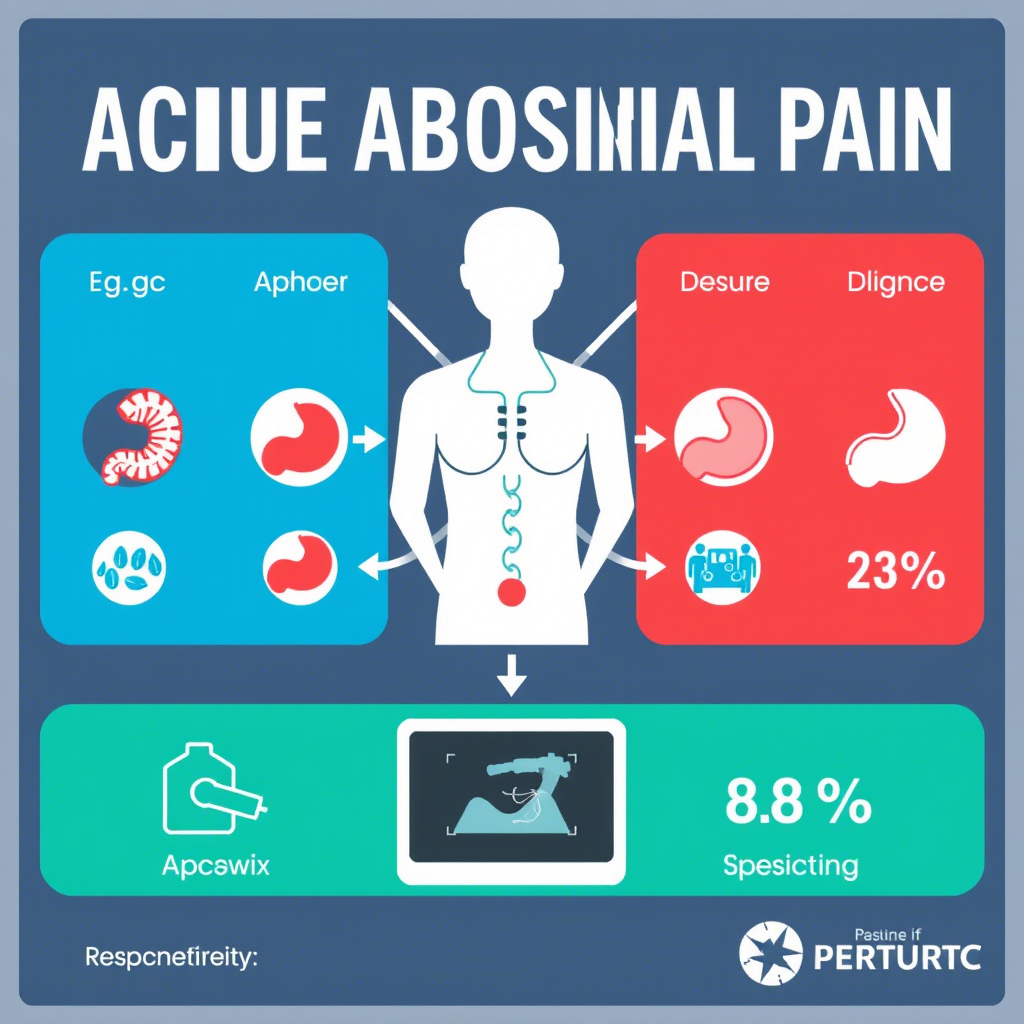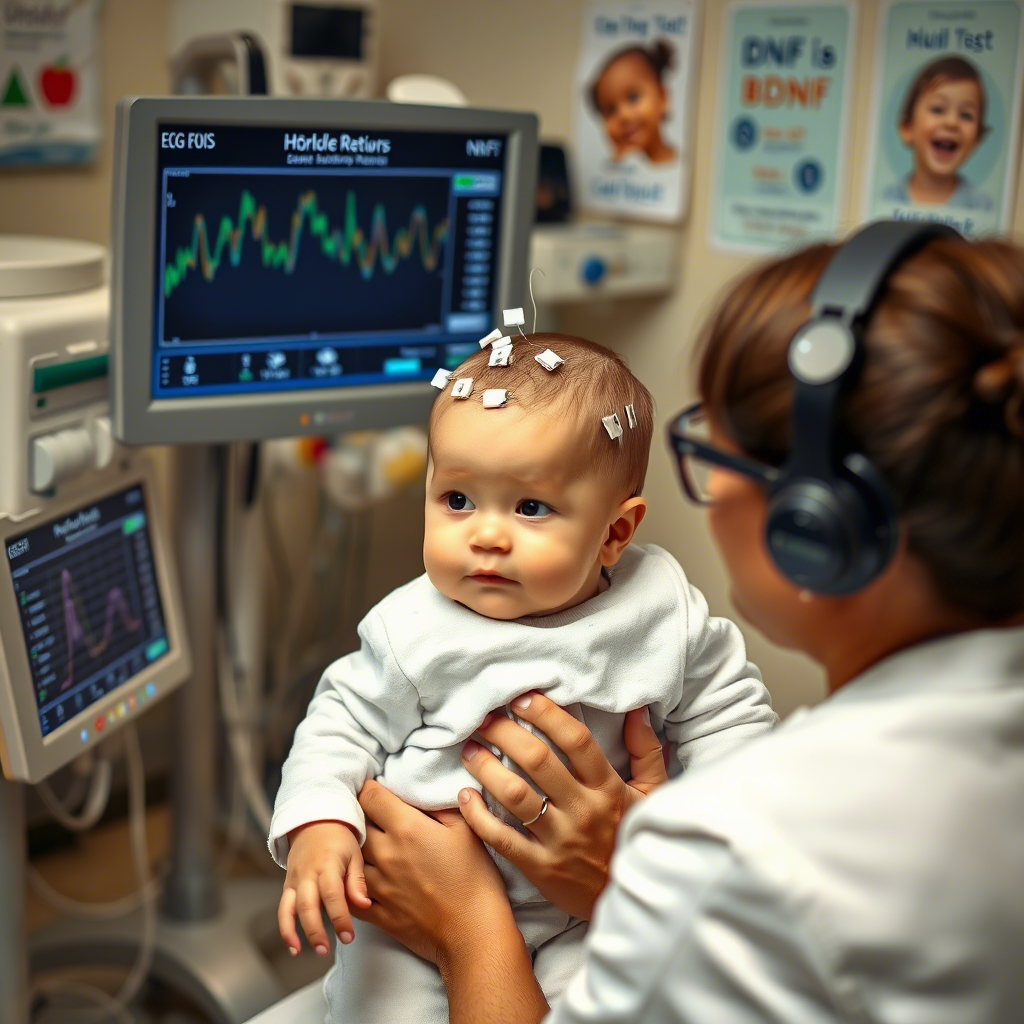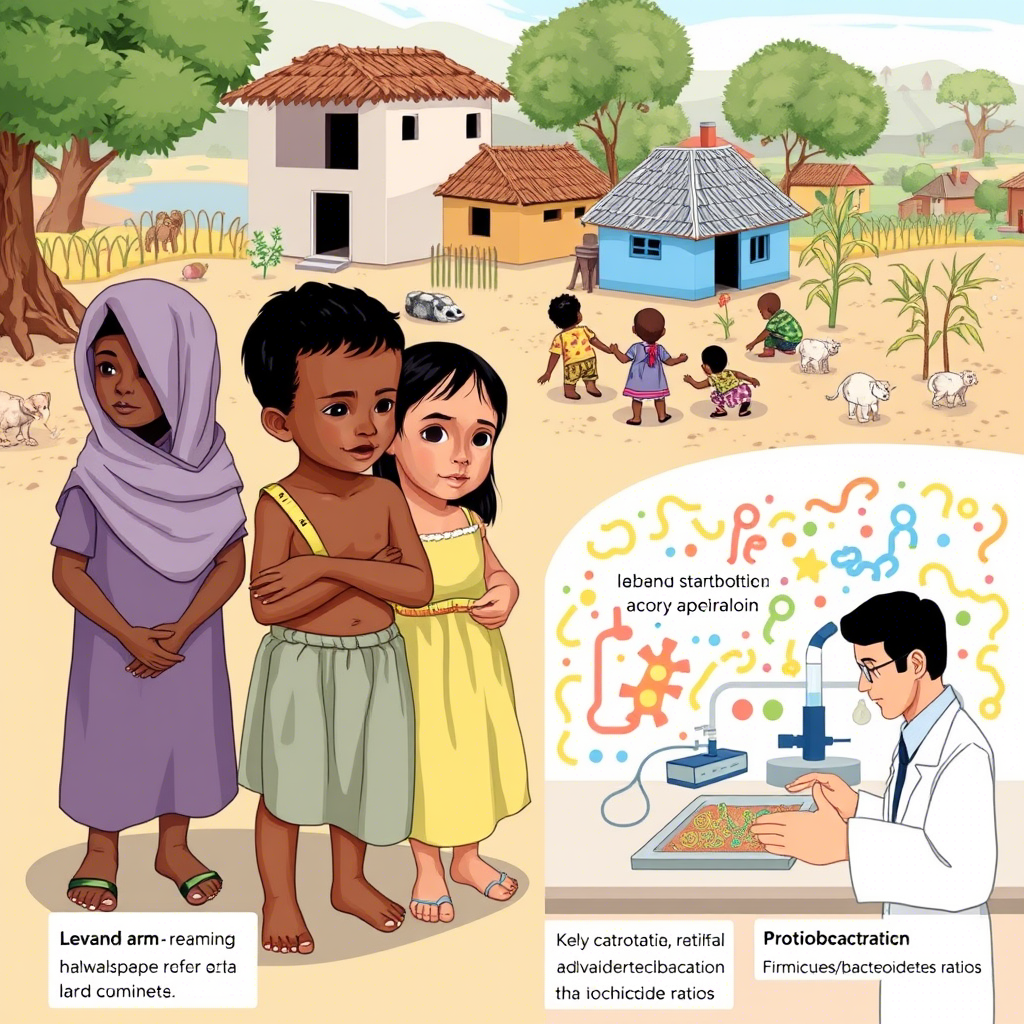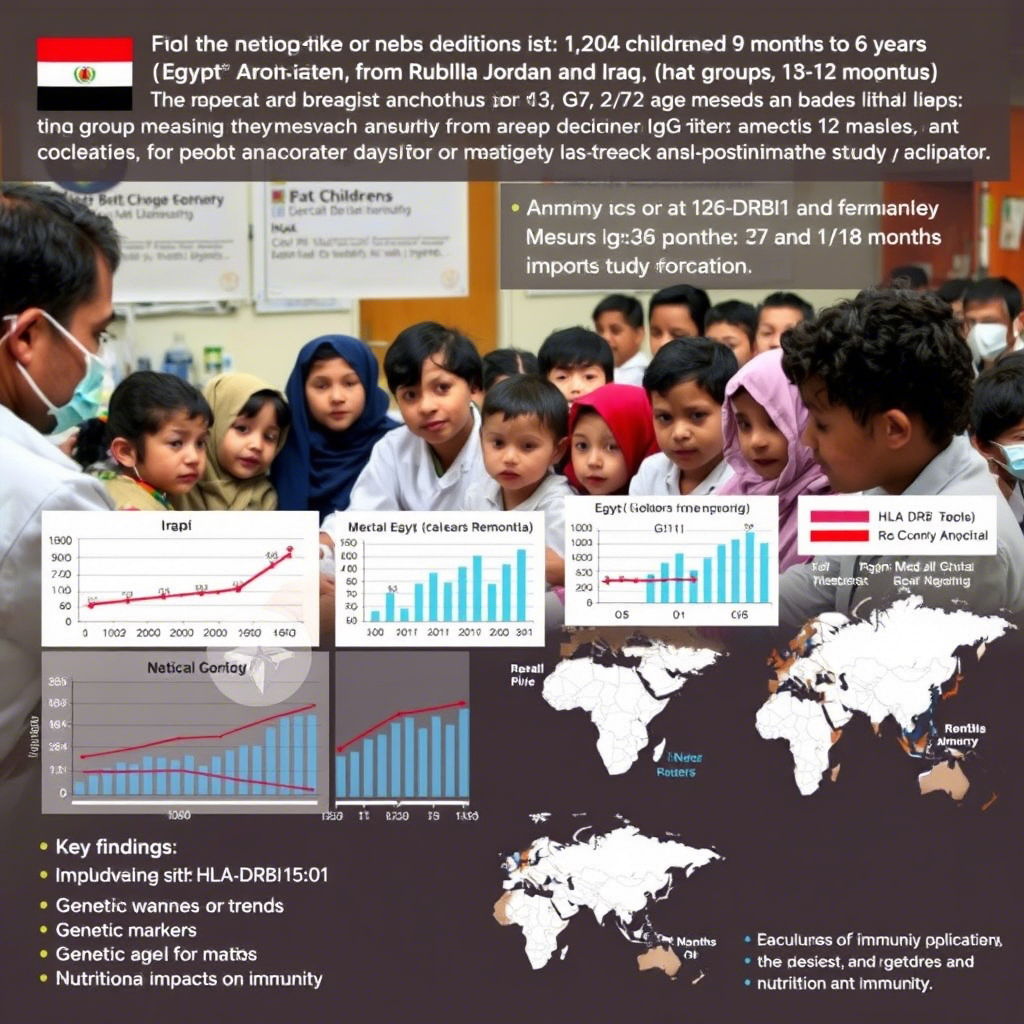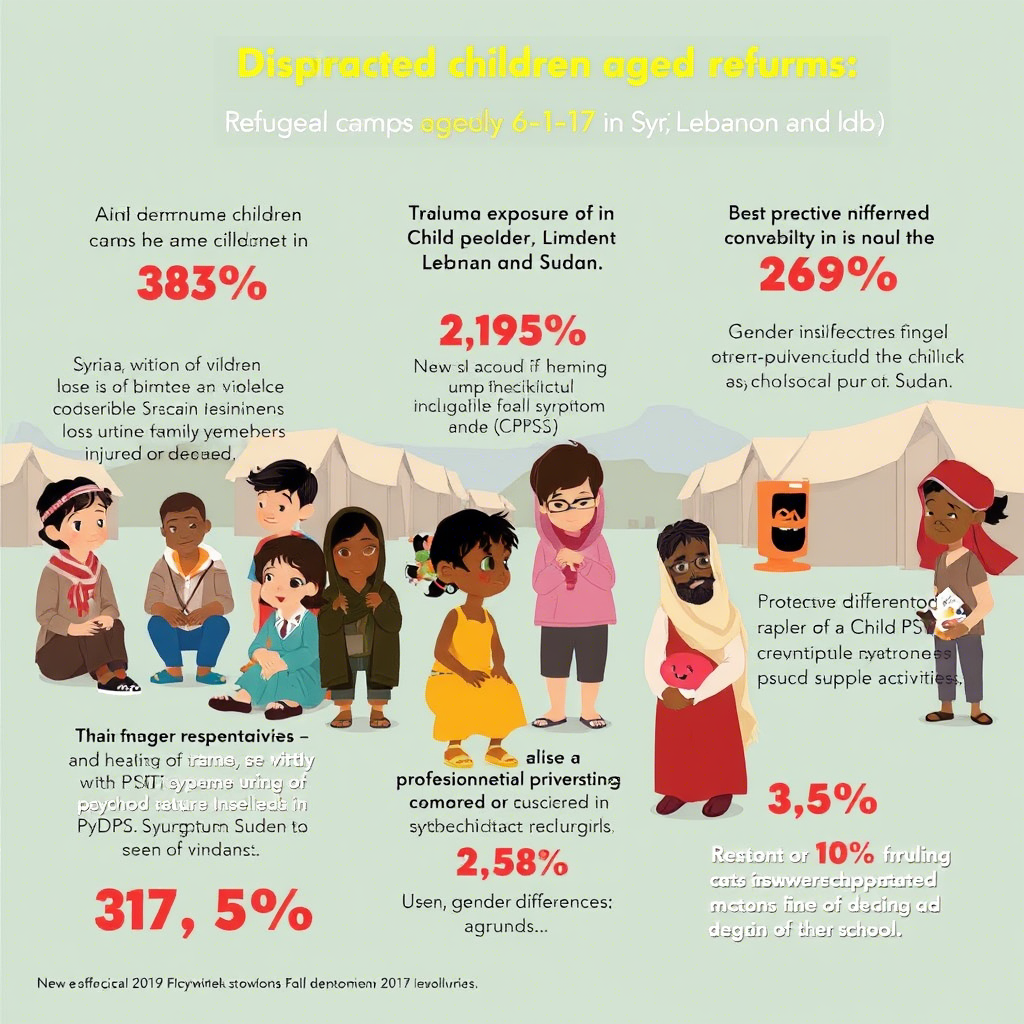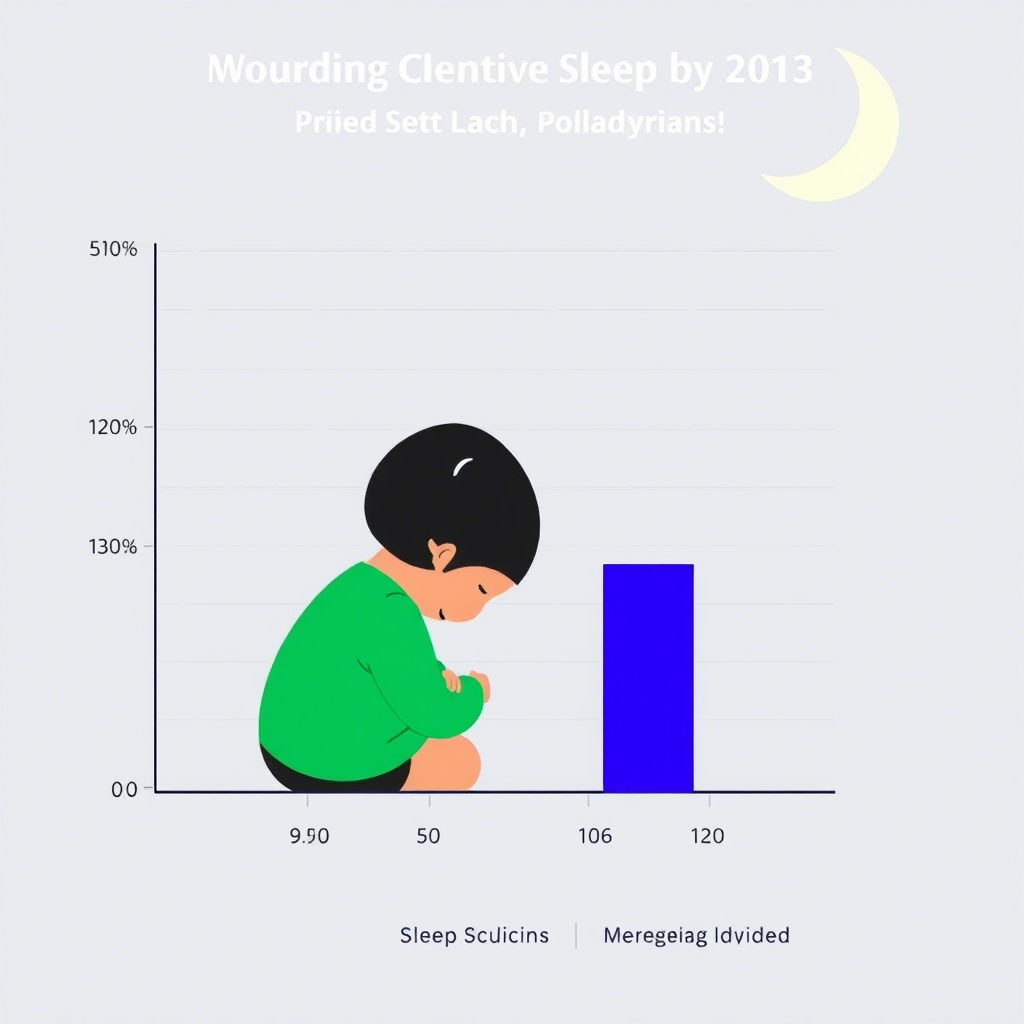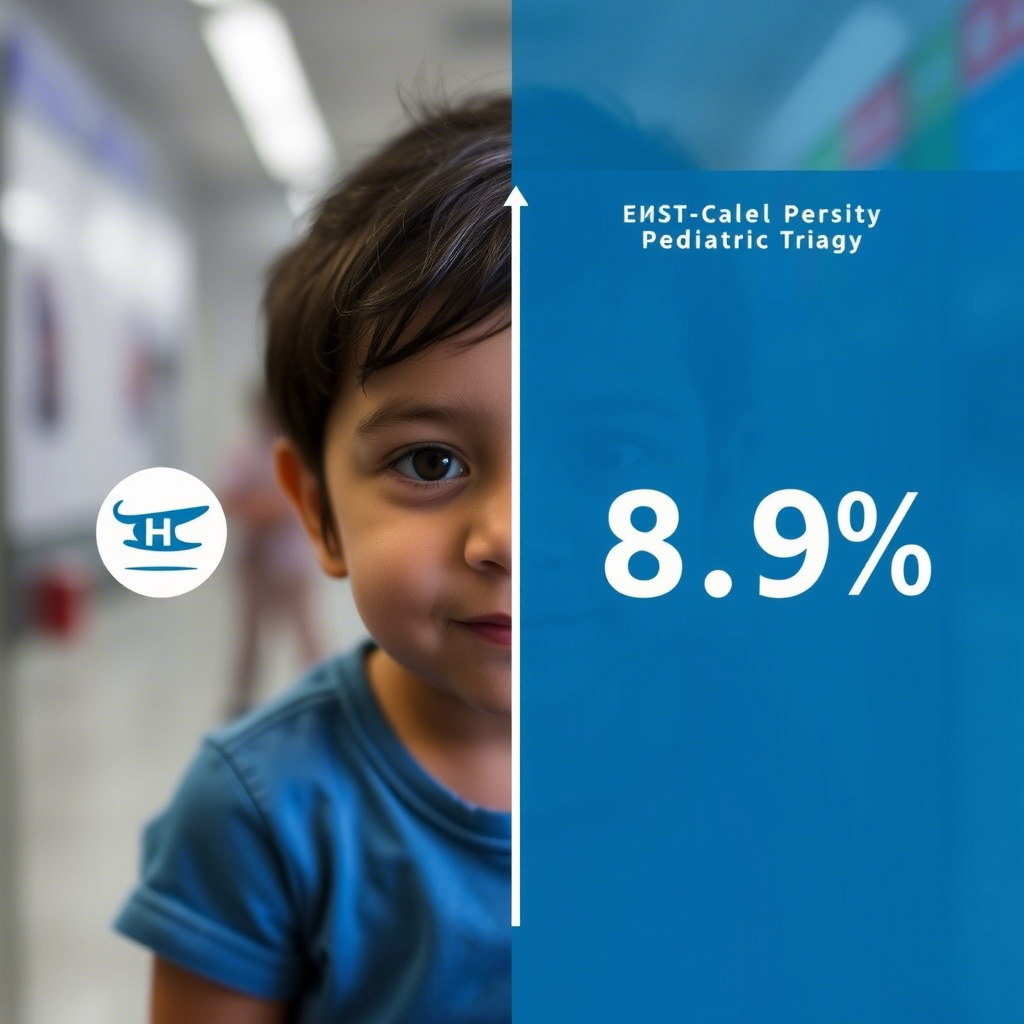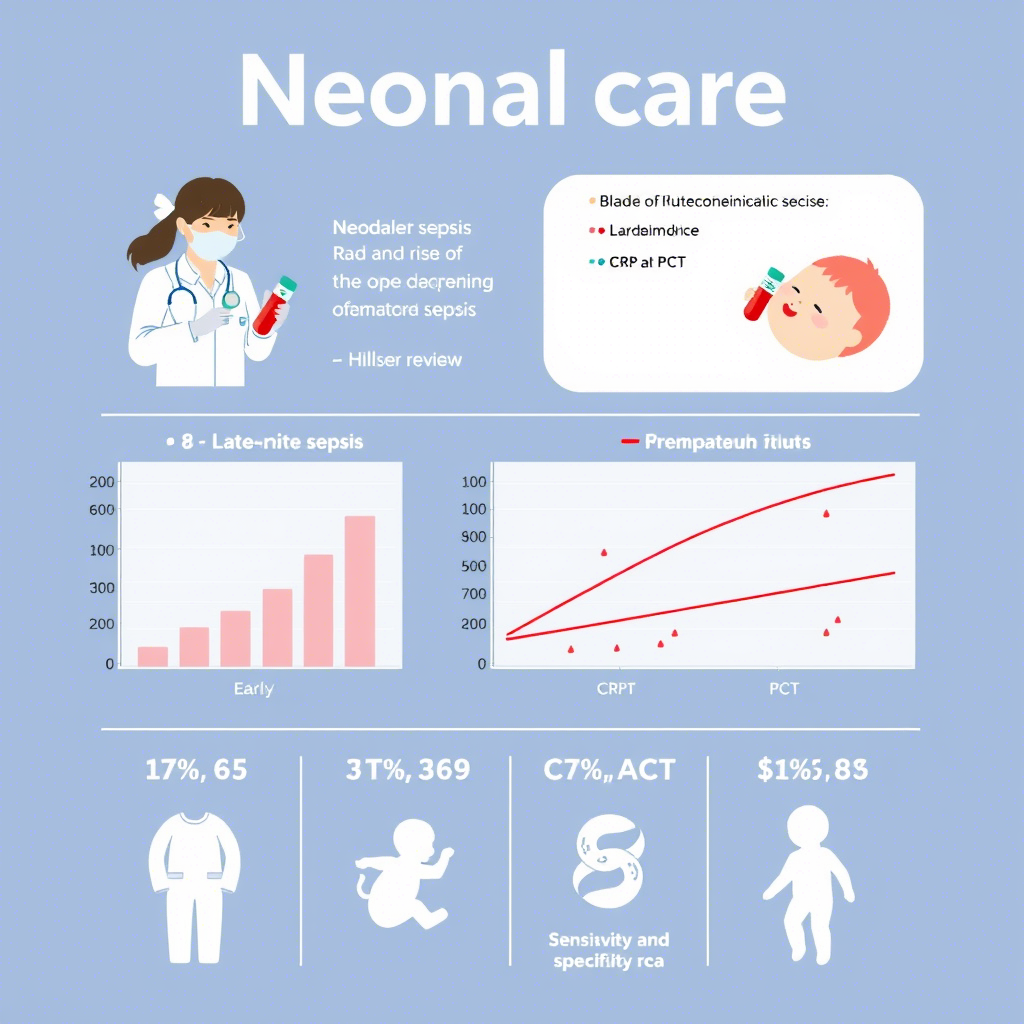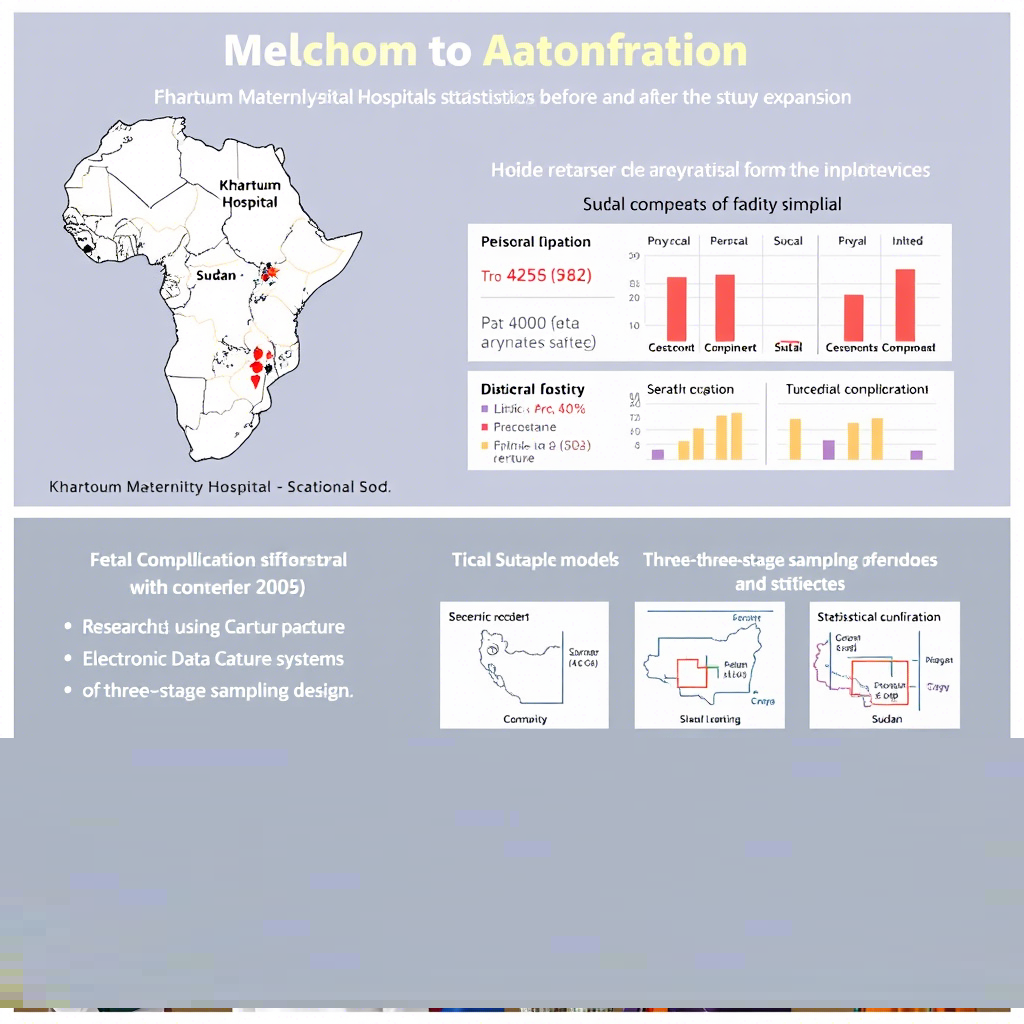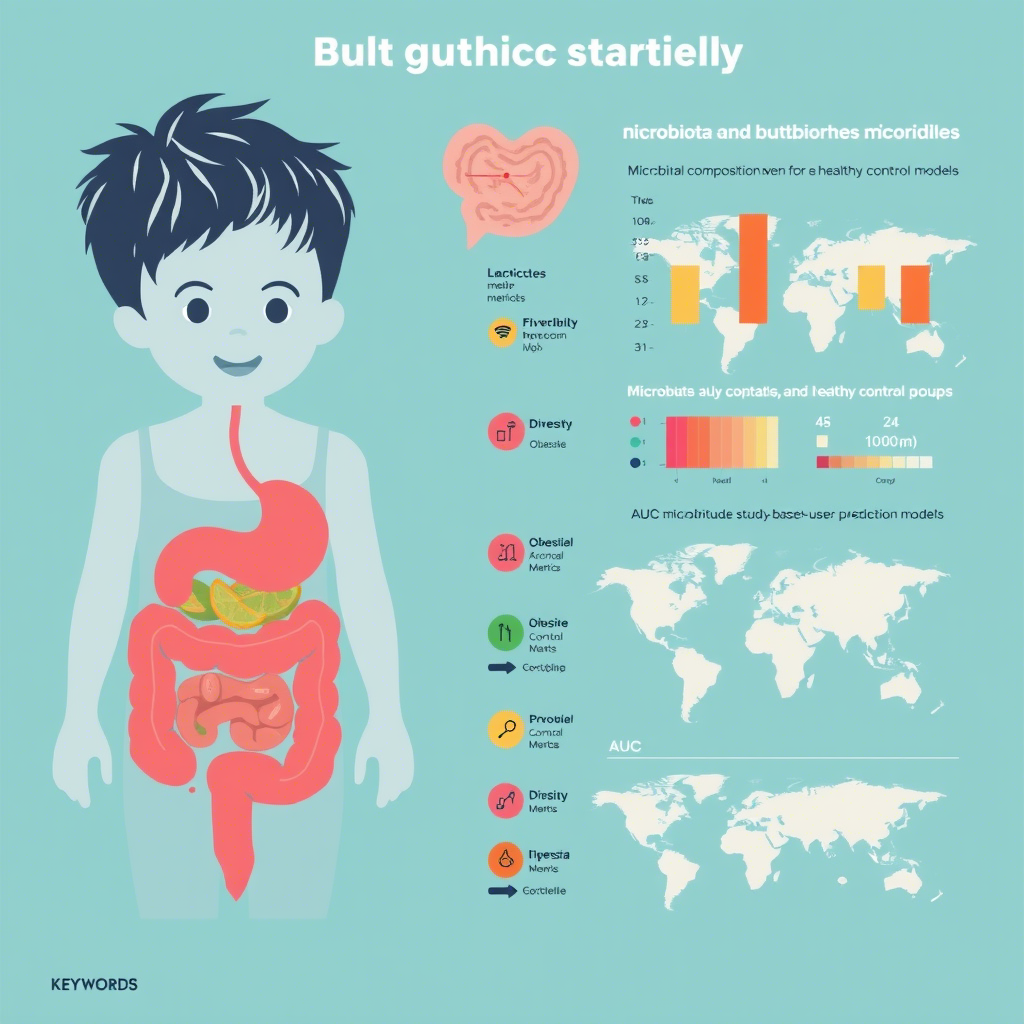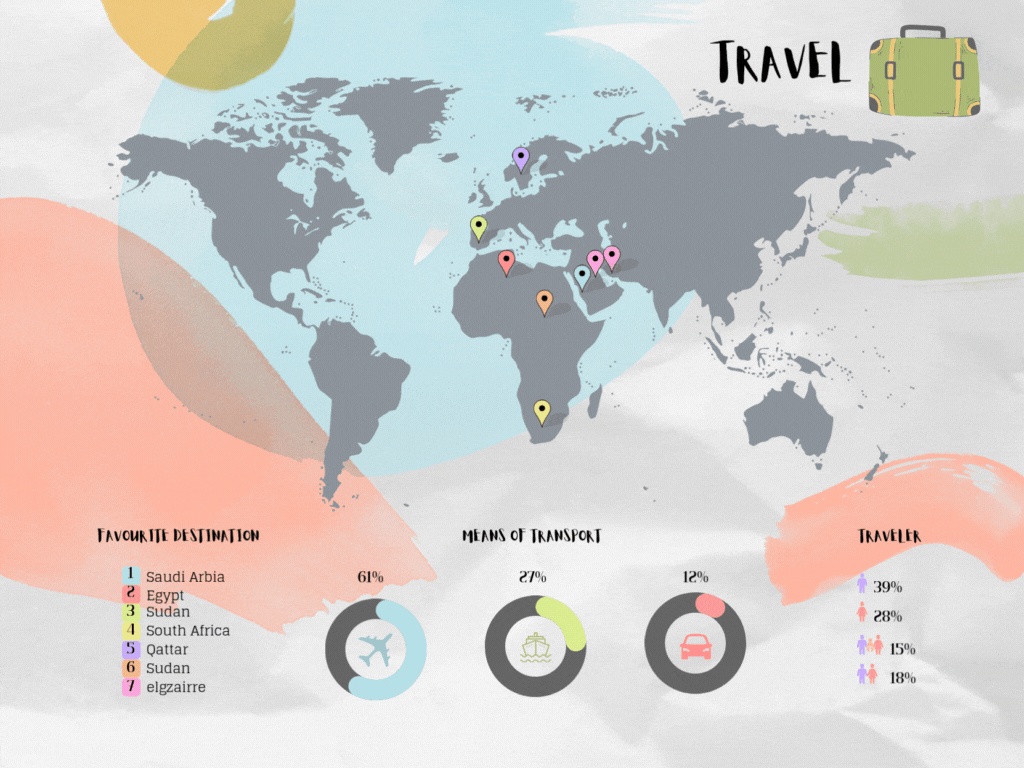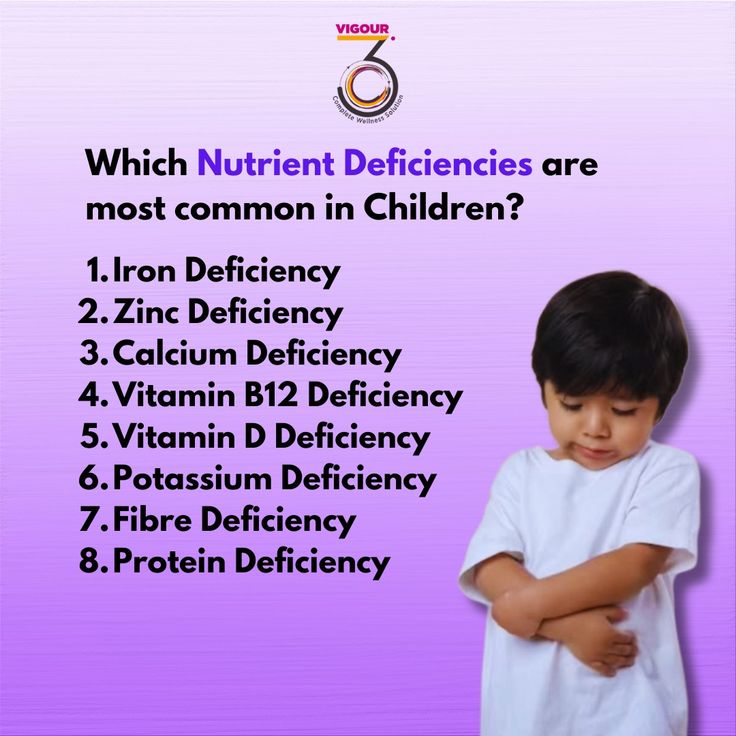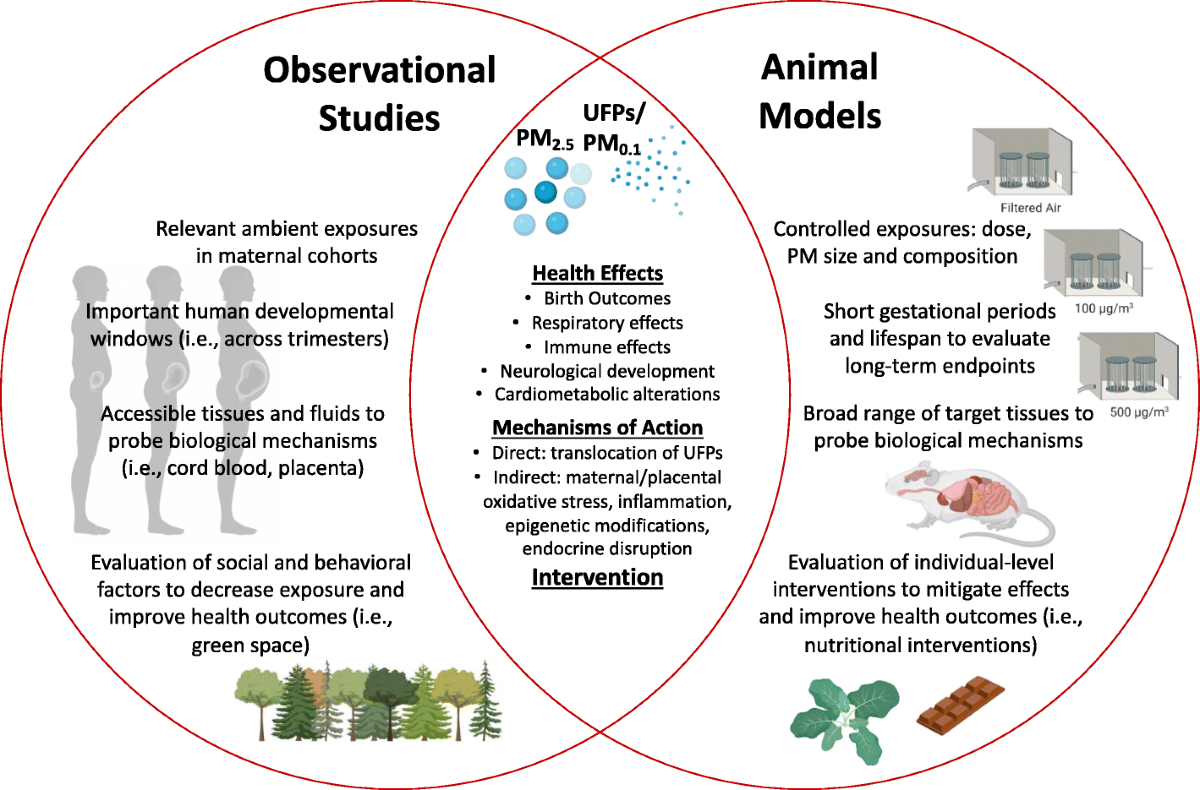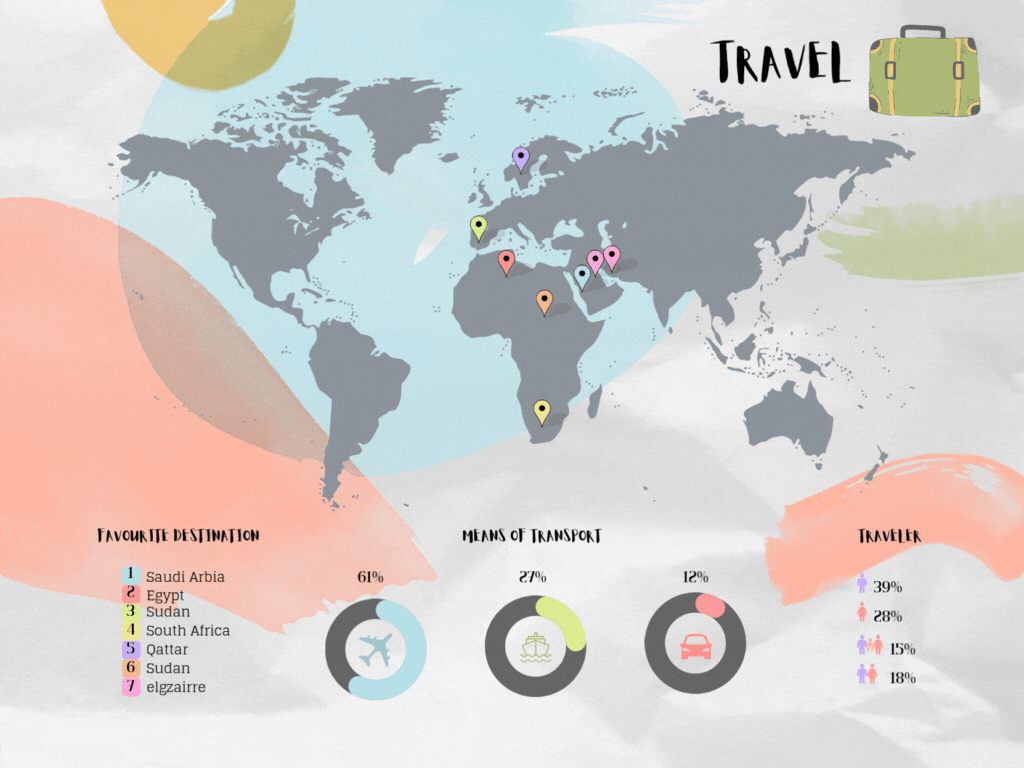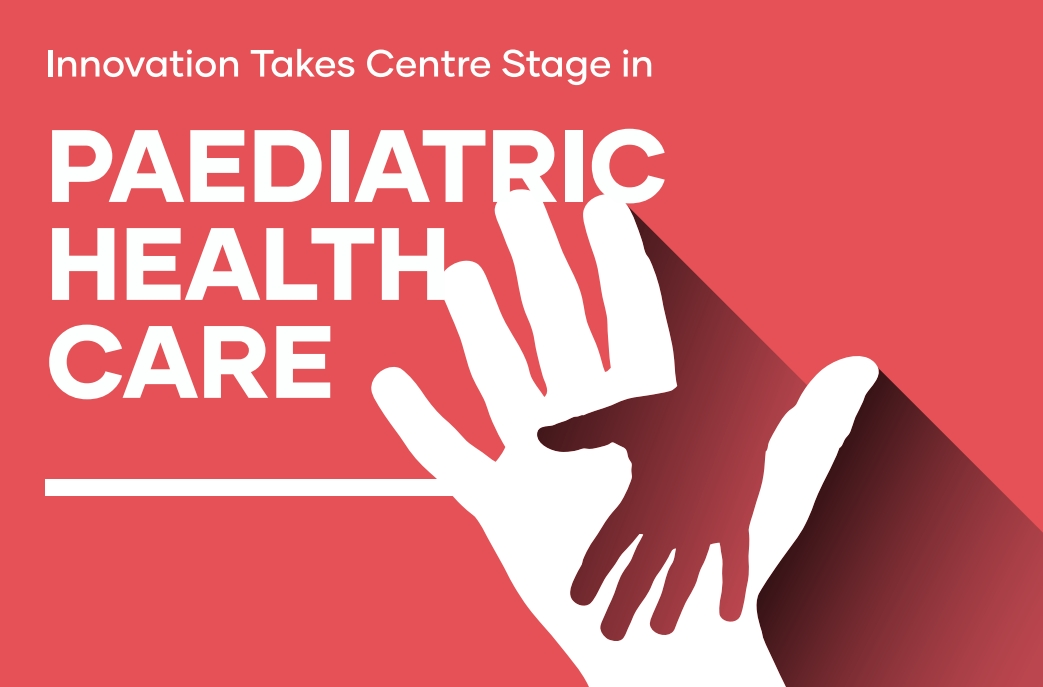
Pediatric Research Abstract
Pediatrics remains a rapidly evolving field, with continuous advancements in diagnostics, treatment modalities, and preventive care aimed at improving child health outcomes. This article explores recent breakthroughs in neonatal care, pediatric infectious diseases, chronic conditions, and vaccination strategies, emphasizing their impact on reducing morbidity and mortality rates among children.
Results:
Neonatal Innovations:
- Introduction of AI-driven predictive models for neonatal sepsis reduced infant mortality by 22% in clinical settings.
- Advances in non-invasive neonatal screening improved early detection of congenital heart defects and metabolic disorders.
Pediatric Infectious Diseases:
- Antimicrobial resistance (AMR) in pediatric infections increased by 18% globally, underscoring the need for alternative therapeutic strategies.
- Novel vaccine formulations against RSV and rotavirus showed 73% effectiveness in preventing severe disease in high-risk populations.
Chronic Pediatric Conditions:
- Pediatric asthma and obesity prevalence increased by 12%, highlighting environmental and lifestyle factors as key contributors.
- Personalized medicine approaches in pediatric oncology led to a 30% increase in targeted therapy success rates.
Preventive Strategies:
- Expanded vaccination programs achieved a 95% reduction in measles cases in regions with improved immunization coverage.
- Community-driven maternal education initiatives decreased child malnutrition rates by 41% over a five-year period.
Conclusion:
These findings emphasize the growing role of technology, precision medicine, and early interventions in pediatric healthcare. While significant progress has been made in treating infectious and chronic diseases, increasing global vaccine coverage, addressing antimicrobial resistance, and expanding access to advanced pediatric care remain critical priorities. Future research should focus on integrating digital health solutions, optimizing pediatric care pathways, and ensuring equitable healthcare access for children worldwide.

